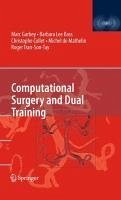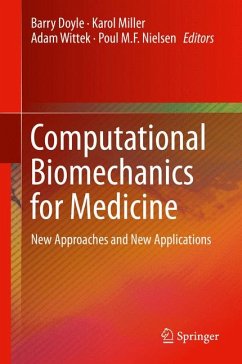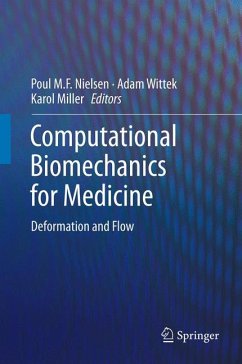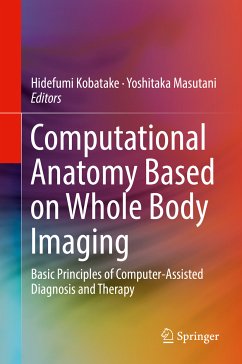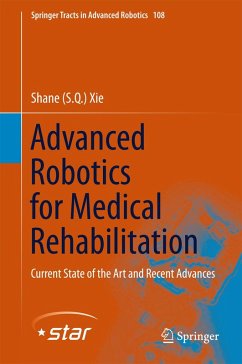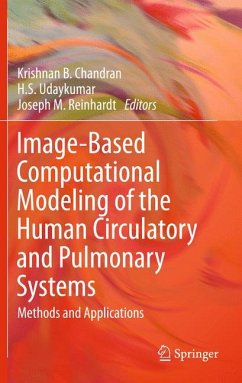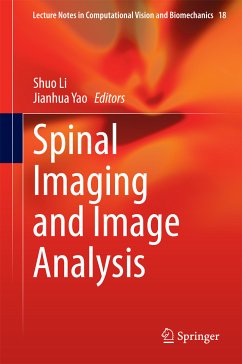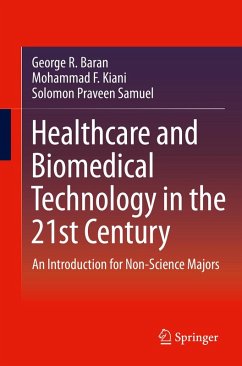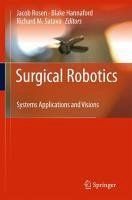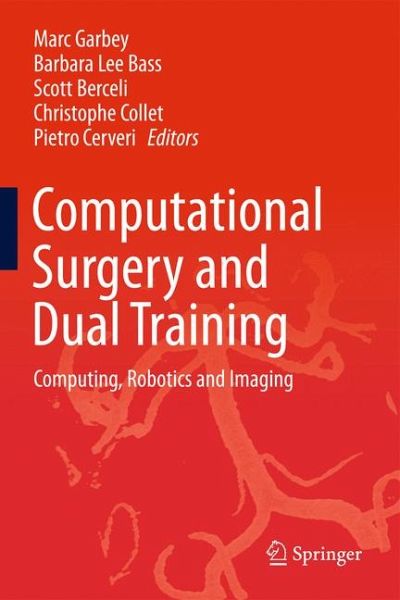
Computational Surgery and Dual Training (eBook, PDF)
Computing, Robotics and Imaging
Redaktion: Garbey, Marc; Cerveri, Pietro; Collet, Christophe; Berceli, Scott; Bass, Barbara Lee

PAYBACK Punkte
56 °P sammeln!
This critical volume focuses on the use of medical imaging, medical robotics, simulation, and information technology in surgery. Part I discusses computational surgery and disease management and specifically breast conservative therapy, abdominal surgery for cancer, vascular occlusive disease and trauma medicine. Part II covers the role of image processing and visualization in surgical intervention with a focus on case studies. Part III presents the important role of robotics in image driven intervention. Part IV provides a road map for modeling, simulation and experimental data. Part V deals ...
This critical volume focuses on the use of medical imaging, medical robotics, simulation, and information technology in surgery. Part I discusses computational surgery and disease management and specifically breast conservative therapy, abdominal surgery for cancer, vascular occlusive disease and trauma medicine. Part II covers the role of image processing and visualization in surgical intervention with a focus on case studies. Part III presents the important role of robotics in image driven intervention. Part IV provides a road map for modeling, simulation and experimental data. Part V deals specifically with the importance of training in the computational surgery area.
Dieser Download kann aus rechtlichen Gründen nur mit Rechnungsadresse in A, B, BG, CY, CZ, D, DK, EW, E, FIN, F, GR, HR, H, IRL, I, LT, L, LR, M, NL, PL, P, R, S, SLO, SK ausgeliefert werden.




